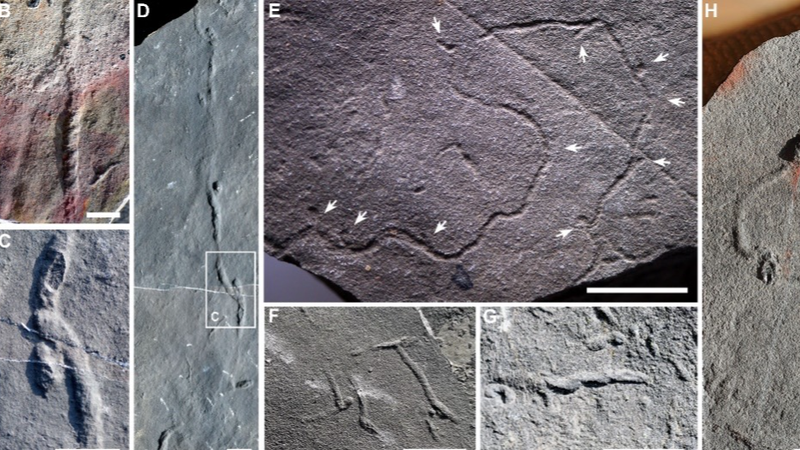Imagine digging tunnels like a pro—550 million years ago! 🐛 New burrows discovered in central China’s Hubei Province are rewriting the timeline of animal innovation.
For decades, scientists thought complex burrowing kicked off around 539 million years ago during the Ediacaran-Cambrian transition. That’s when animals moved from surface-sliders to full-on 3D excavators, remixing the seafloor into a bustling habitat.
But a team from the Nanjing Institute of Geology and Palaeontology of the Chinese Academy of Sciences found worm-like trace fossils in the Shibantan Biota (550–543 million years old) in the upper reaches of the Yangtze River. Among the finds: zig-zag tunnels named Treptichnus streptosus, tadpole-shaped digs, and intricate compound networks.
Lead researcher Chen Zhe says these rhythmic, repeatable patterns hint at a well-developed nervous system and muscle control—packing evidence that early animals were exploring, foraging, and even taking underground pit stops!
These burrowing behaviors didn’t just make cool fossils—they churned up sediments, oxygenated layers, and paved the way for the Cambrian explosion of life. 🌍 This discovery pushes back our understanding by nearly 10 million years and shows that early animal engineering on the seafloor was already in full swing.
Reference(s):
Study pushes back origin of complex animal behavior by 10 mln years
cgtn.com




